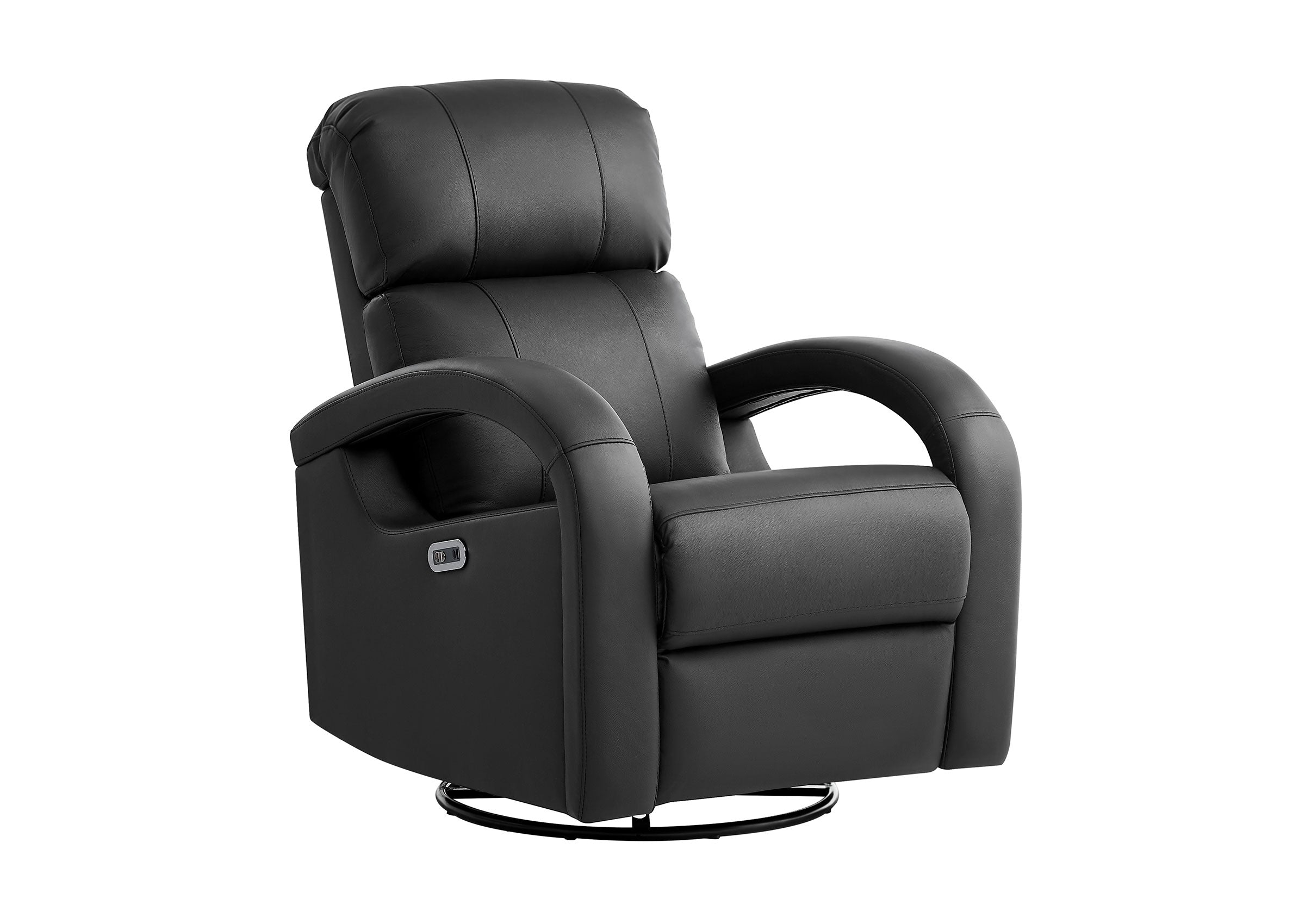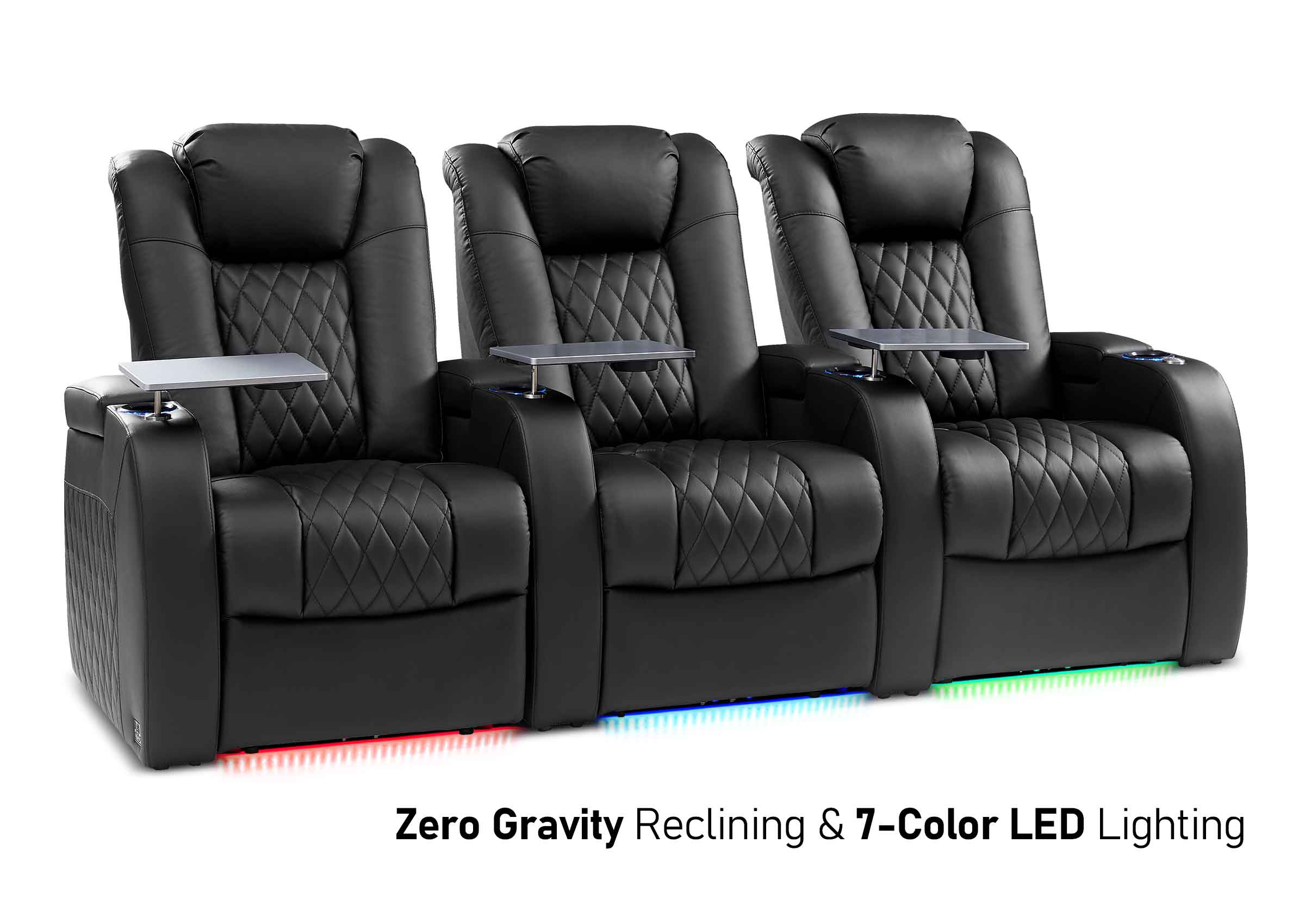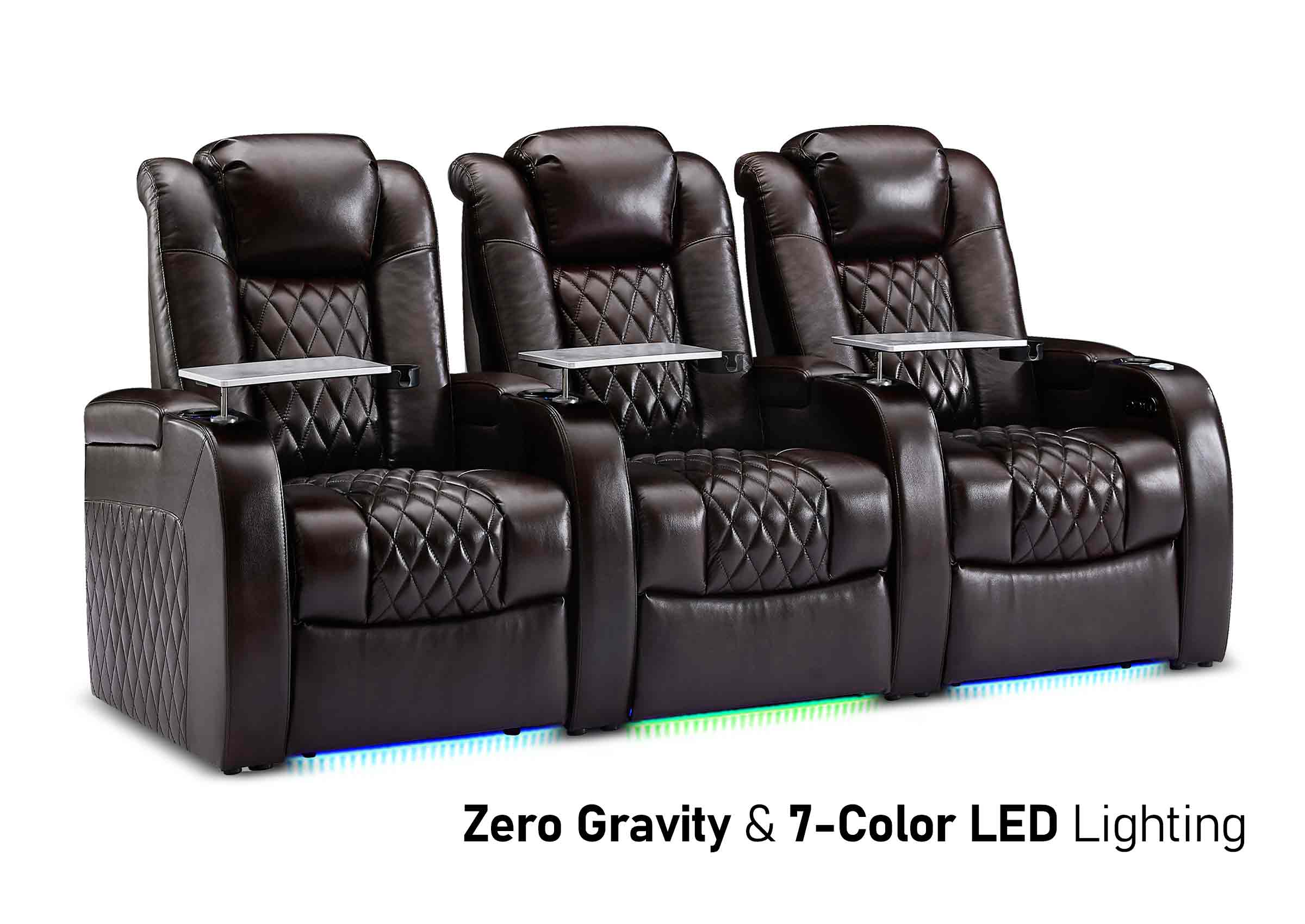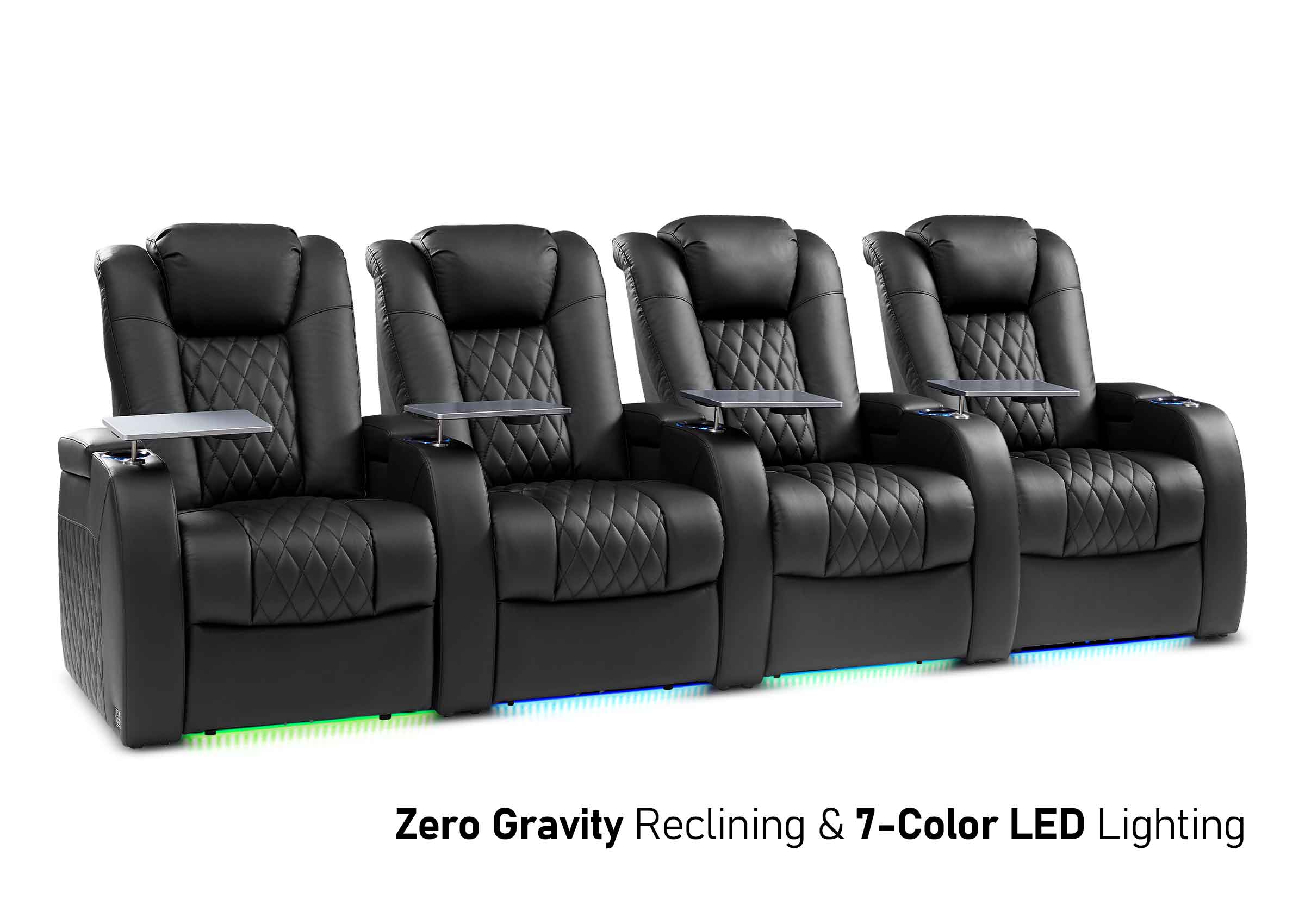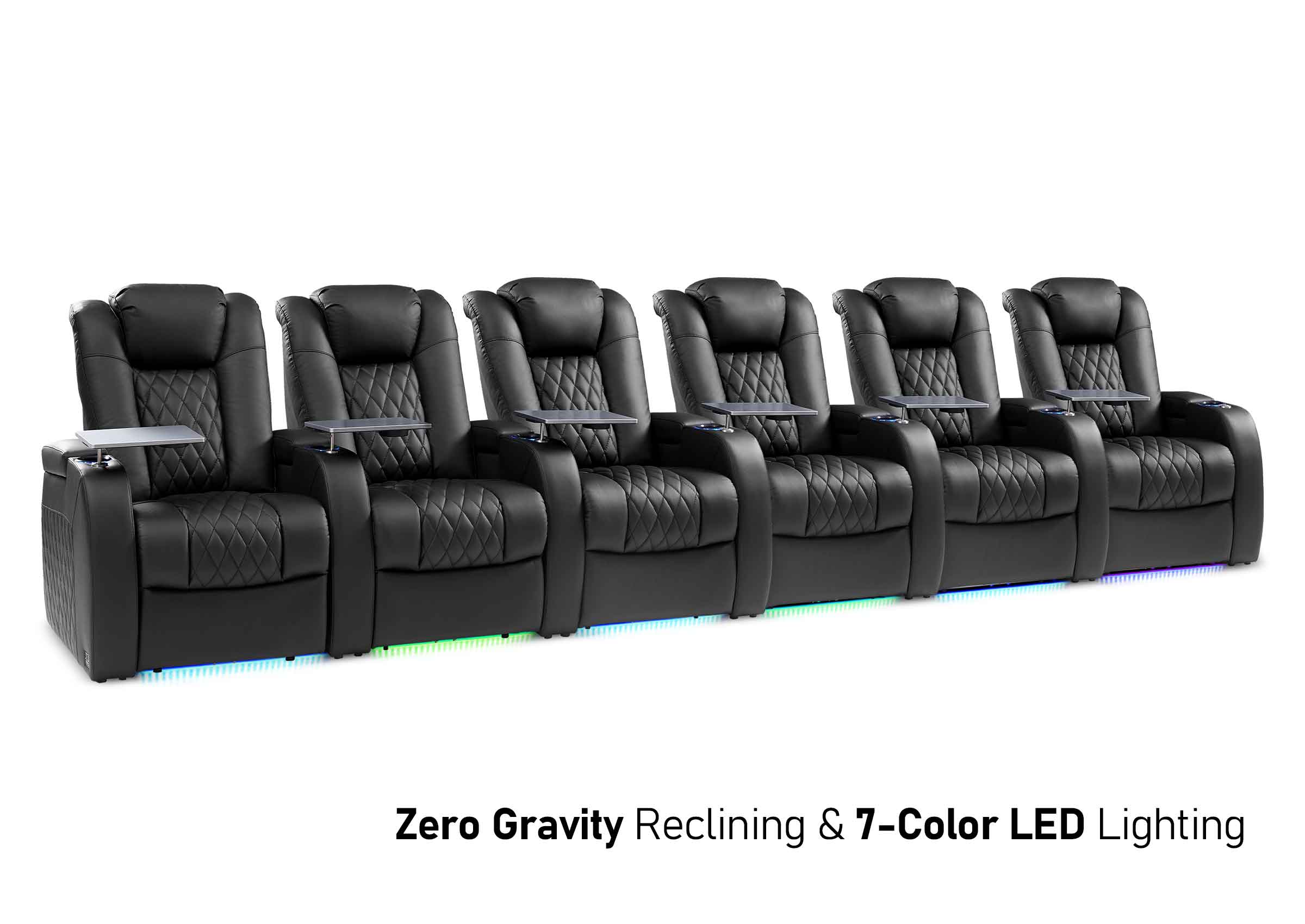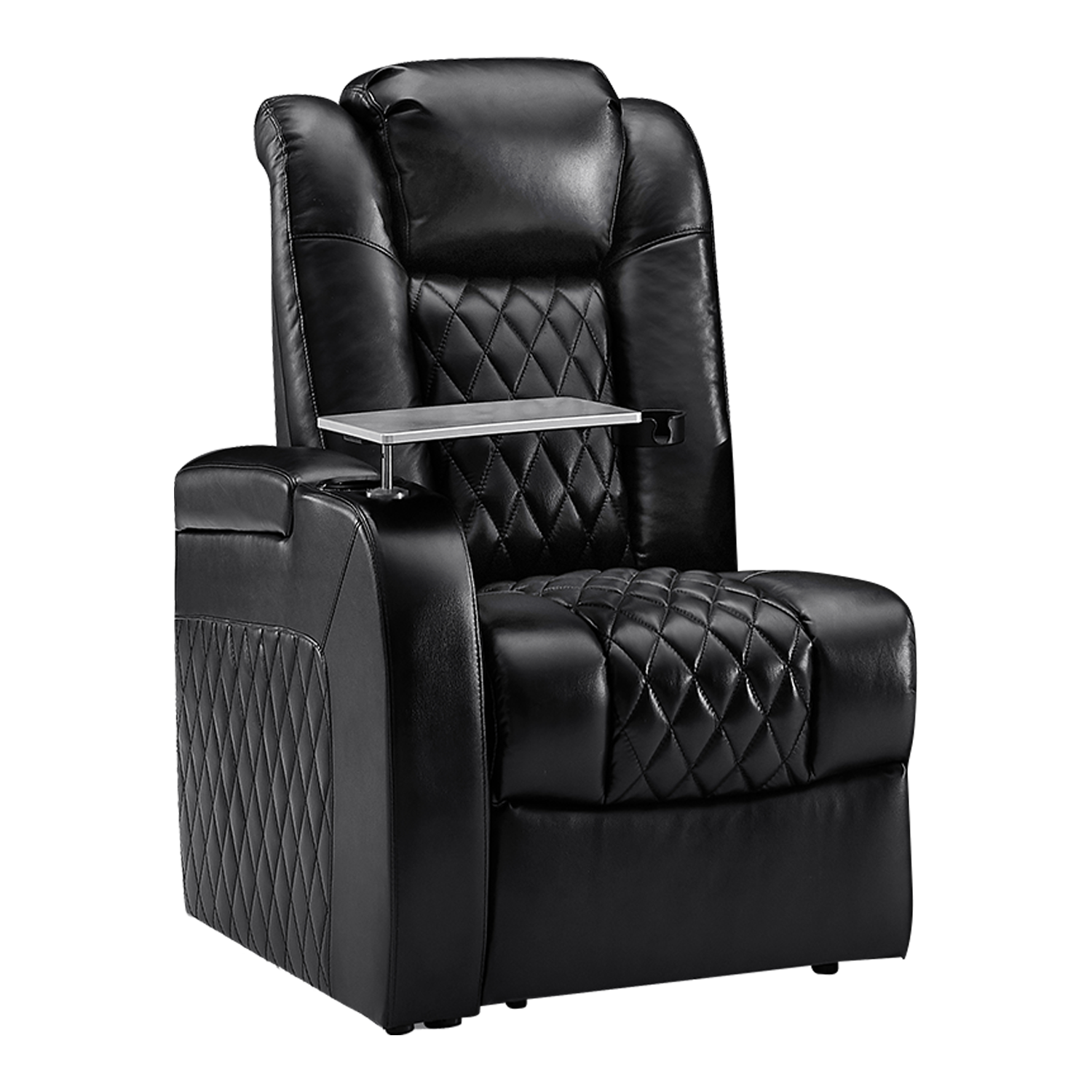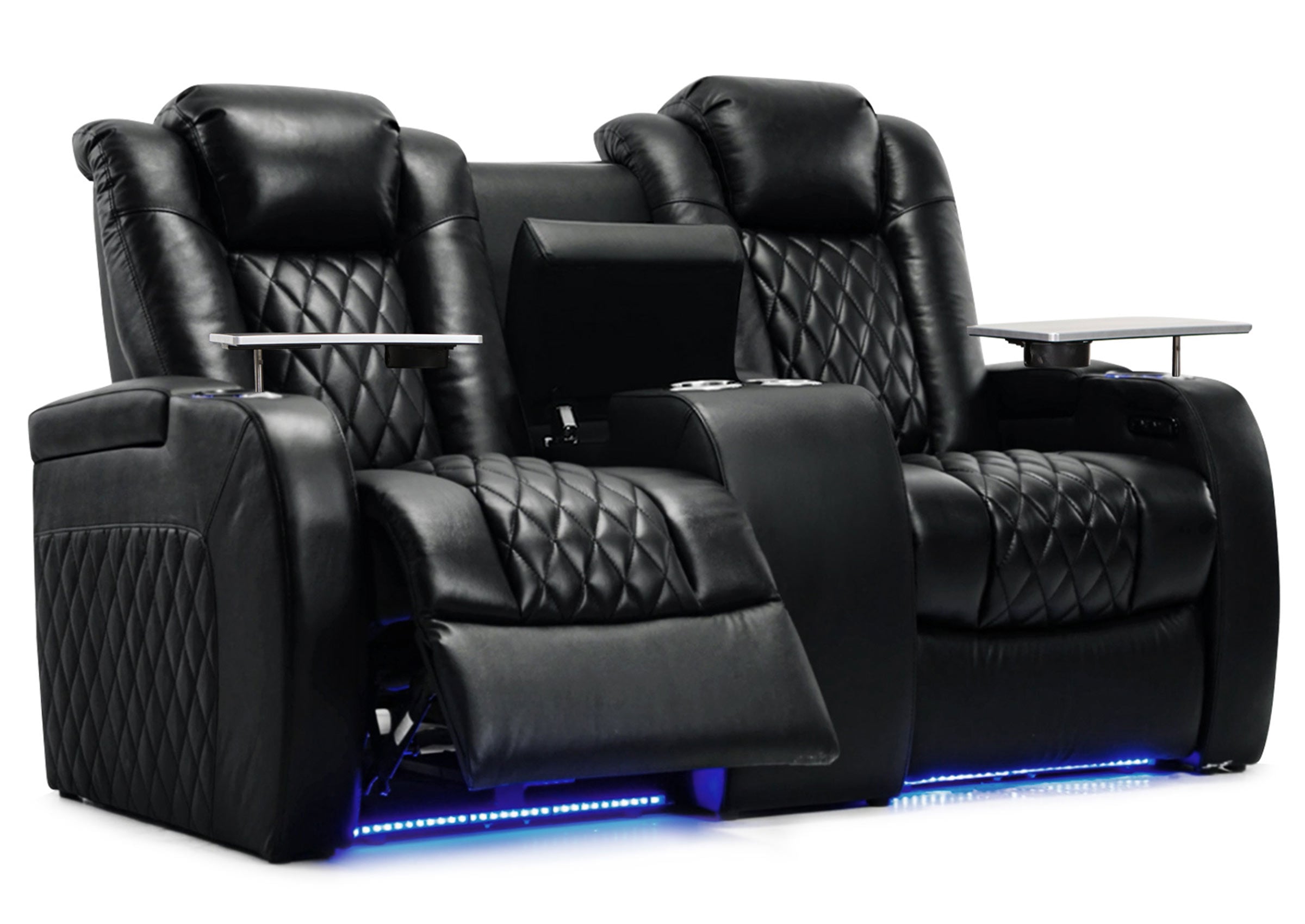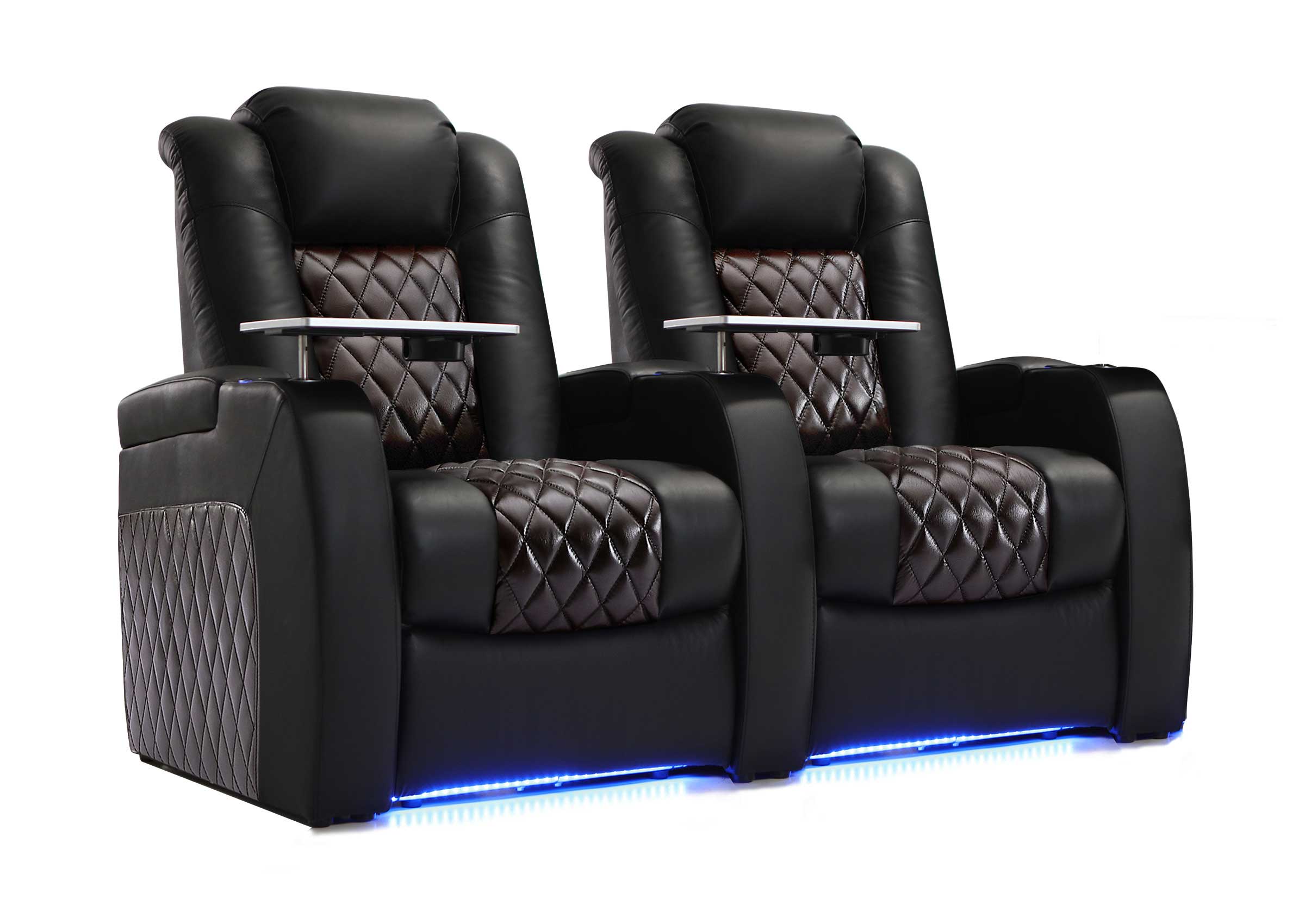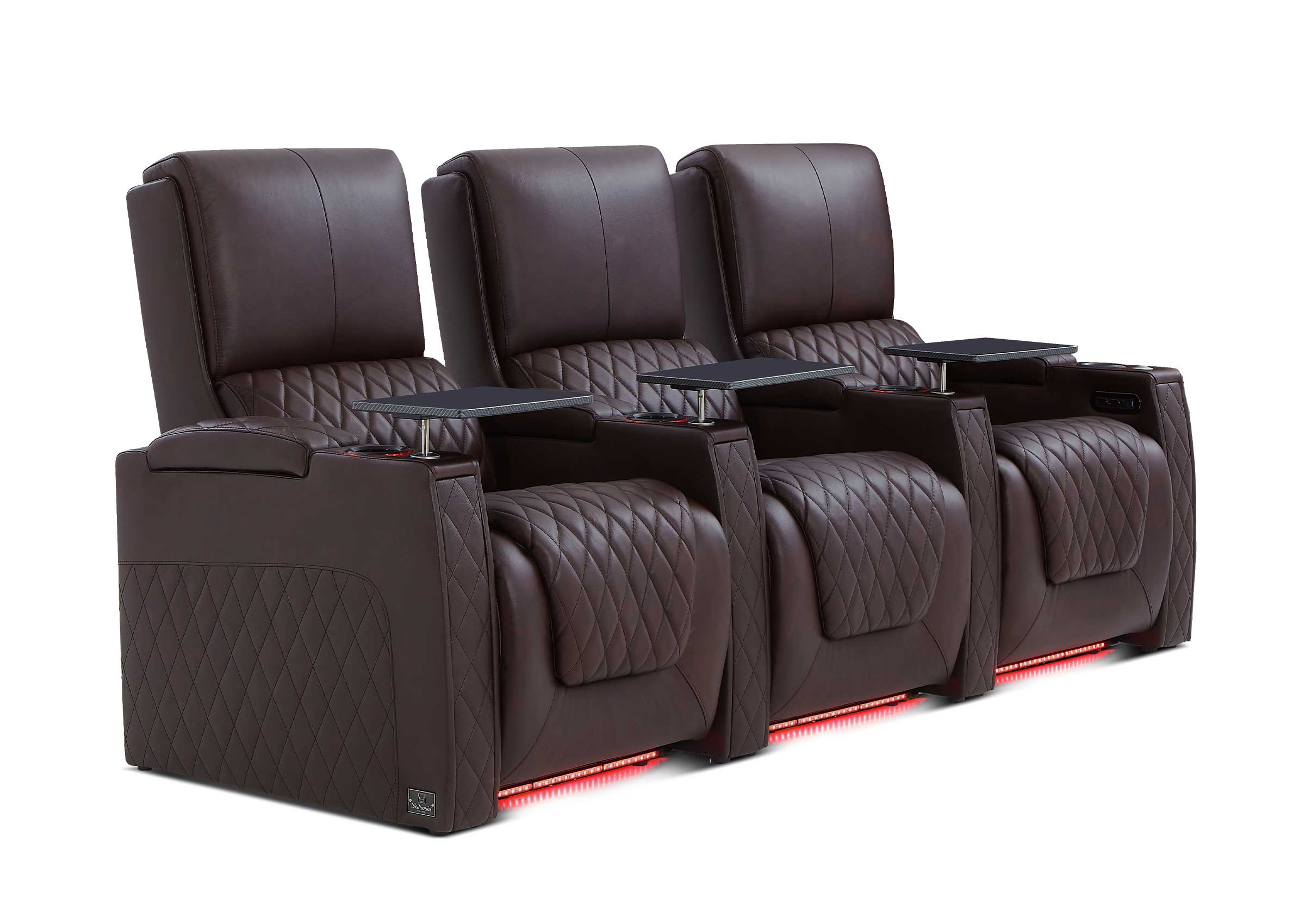The dream of a great home theater is exciting, but it starts with a foundational question: do you build a dedicated media room, a true cinematic sanctuary, or do you cleverly integrate a high-performance system into your existing living room? This single decision influences everything that follows, from your budget and equipment choices to the very feel of your movie nights. Both paths can lead to an incredible result, but they are fundamentally different experiences. Let's explore the details of each to help you discover the perfect fit for your home and lifestyle.
The Dedicated Home Theater Experience
This is the purist's approach. A dedicated home theater is a room designed from the ground up with one singular goal: to replicate the commercial cinema experience as closely as possible. It’s an escape. When you close the door, the noise and distractions of the outside world fade away, allowing you to become completely absorbed in the story on screen. This is for those who crave ultimate immersion and are willing to build a space to achieve it.
The Pros: Unmatched Performance
- Complete Light Control. This is arguably the most crucial element for stunning picture quality. In a dedicated room, you have absolute authority over light. You can paint the walls and ceiling dark, non-reflective colors to prevent any light from bouncing back onto the screen and washing out the image. This means deeper blacks, richer colors, and a level of contrast and detail that is simply impossible to achieve in a brighter space. For anyone using a projector, this isn't just a benefit—it's a necessity. It’s the difference between a vibrant, punchy image and a faded, lifeless one.
- Flawless, Controlled Sound. A box-shaped room with four walls is an acoustical canvas. You can strategically place speakers for the perfect Dolby Atmos or surround sound setup without worrying about navigating around furniture or open doorways. More importantly, you can treat the room itself. This goes beyond simple soundproofing to keep noise in or out; it involves adding acoustic panels to absorb unwanted echoes and bass traps to tighten up the low frequencies. The result is an audio experience where every line of dialogue is crisp and clear, and the soundstage feels vast and immersive, placing you right in the middle of the action.
- Ideal, Purpose-Built Seating. When you don't have to worry about a sofa's daily usability, you can choose seating designed specifically for watching movies. True home theater seating is ergonomically built for long-term comfort, letting you settle in for a three-hour epic without shifting around. You can build tiered platforms, or risers, so that every seat has an unobstructed view, just like in a real theater. This creates a more communal and enjoyable experience for family and friends, ensuring no one is stuck looking at the back of someone’s head.
The Cons: A Major Commitment
- A Significant Space Commitment. The most obvious hurdle is that this approach requires an entire spare room. For many households, that’s a huge ask. A room that becomes a theater can no longer be a guest bedroom, a home office, a gym, or a playroom for the kids. You are dedicating a significant chunk of your home's square footage to a single-purpose activity, which requires a real commitment.
- A Much Bigger Budget. A dedicated theater project is a far more significant financial investment. The costs extend well beyond just the A/V equipment. You have to factor in potential construction costs like building risers, running new electrical circuits, and installing in-wall wiring for a clean look. Soundproofing materials and acoustic treatments are an additional expense, as is the specialized home theater seating, which typically costs more than a standard sofa. It's a project that can easily run into tens of thousands of dollars.
The Living Room Home Theater Setup
This is the practical and flexible choice that brings a fantastic cinematic experience into the room that is already the heart of the home. It’s a solution that brilliantly balances the desire for great movie nights with the realities of everyday life, creating a versatile and social entertainment hub.
The Pros: Practicality and Social Connection
- No Extra Room Needed. This is the most compelling advantage for most people. You get to enhance the room you already use and love, without having to sacrifice another area of your home. It’s an efficient use of space that makes a high-quality home theater experience accessible to nearly anyone, regardless of their home's size.
- Budget-Friendly and Flexible. A living room setup allows you to build your dream system over time. You don't need a huge upfront investment. You can start with a great TV, then add a quality soundbar. Later, you might upgrade to an A/V receiver with a full speaker system. This incremental approach makes the hobby more accessible and allows you to grow your system as your budget and interest evolve.
- The Social Hub of the Home. A living room theater is inherently social. It’s where everyone naturally gathers. This makes it perfect for more than just movies; it's the ideal spot for hosting friends for the big game, having family video game tournaments, or just casually binging a new series. The furniture can reflect this balance of comfort and function. While a large sectional is great, adding a power recliner can provide that premium, cinema-style comfort for one or two people without sacrificing the room's everyday style.

The Cons: The Daily Trade-Offs
- Light and Sound Compromises. In a living room, you are always battling the environment. Ambient light from windows during the day or lamps at night can create reflections and wash out the picture. Even with good blinds, it’s nearly impossible to achieve true darkness. Sound is equally challenging. The open layouts, hard floors, and large windows of modern homes can cause sound to bounce around unpredictably, making it difficult to get a truly immersive surround sound experience.
- Distractions and Daily Life. The living room is a high-traffic area. The hum of the refrigerator, the sound of the dishwasher, kids playing in the next room, or someone walking through to get a snack can easily pull you out of the movie. It lacks the isolated, distraction-free bubble that a dedicated room provides.
- Aesthetic Challenges. Integrating a large screen, multiple speakers, and other components into a tastefully decorated living room can be tricky. Wires need to be hidden, speakers need to be placed where they sound good but also look right, and a giant black screen can become an imposing "black hole" on the wall when it's turned off. It requires careful planning to make the tech blend in with your home decor.
How to Make Your Choice
Figuring out the right path isn't about which one is better, but which one is better for you. It comes down to being honest about your space, your budget, and your lifestyle.
- Evaluate Your Space. First and foremost, do you have a spare room you are willing to completely dedicate to a home theater? If the answer is no, then your decision is made: a living room setup is your path forward. If you do have a room, think about what you'd be giving up and if that trade-off is worth it for you.
- Assess Your Budget. Are you in a position to fund a larger, all-at-once project that includes construction and specialized furnishings? Or does a more gradual, pay-as-you-go approach to building a system sound more realistic and less stressful? Your financial comfort zone is a huge factor.
- Define Your Lifestyle. How do you see yourself using this system most of the time? Are you a film enthusiast who dreams of a private, uninterrupted escape to watch movies exactly as they were intended? Or are you looking for a versatile entertainment centerpiece for the whole family to enjoy together for movies, sports, and gaming?
Your answers to these questions will illuminate the best choice for your home. One path prioritizes ultimate performance, while the other champions everyday practicality. Both can lead to a space that brings you and your family countless hours of joy and entertainment.














